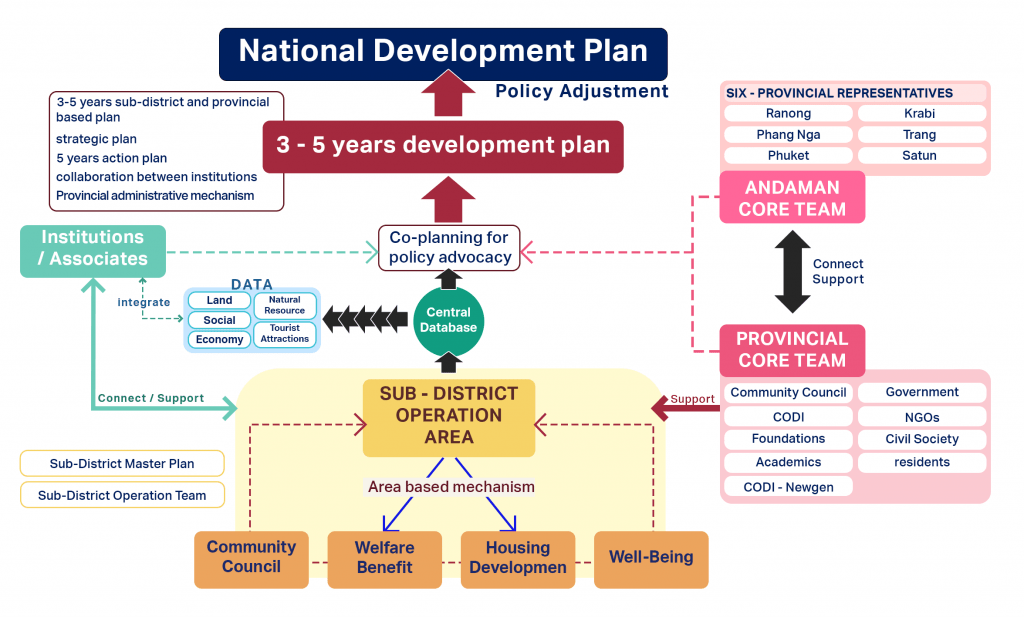Andaman life quality improvement and housing development program
In the newest program launched by CODI, six of Thailand’s southern provinces have formed an alliance to collaborate through a set of horizontal and vertical partnerships for the holistic improvement of their living conditions, from land security to housing quality, livelihood and environmental rehabilitation.
The southern coast of Thailand is dotted with small villages and communities engaged in fishing, agriculture, and other traditional occupations. Nonetheless, in a region known for its natural beauty and heritage, the tenure situation in many coastal communities remains extremely complicated. Many families have been living on their lands for decades, some with titles and contracts, others with customary land agreements, and many simply staying on public land or national parks where there was vacant space. When a devastating tsunami struck the Andaman coast in 2004, land became a hot topic during the reconstruction efforts. All of these people discovered that proving their land ownership or land use rights was difficult, if not impossible, and they became extremely vulnerable to evictions. While the crisis provided some opportunities for new solutions to the land tenure issue at the time, the majority of Andaman’s coastal communities remain vulnerable to overlapping land disputes and business and tourism interests.
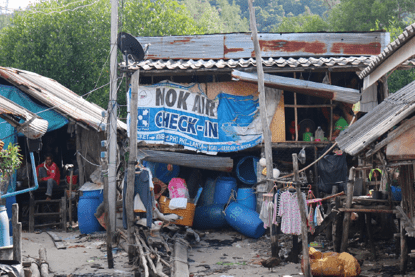
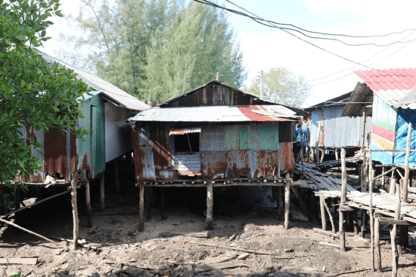
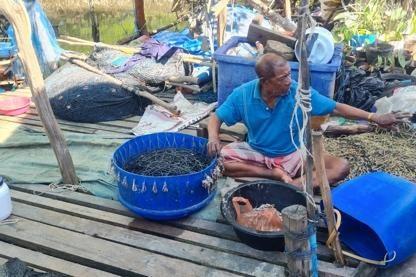
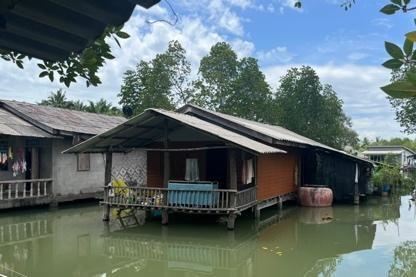
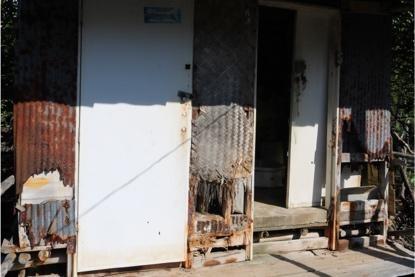
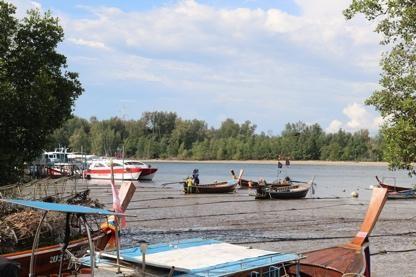
Land access for communities depends on rigid structures and systems that frequently discriminate against low-income individuals. Families who have lived and worked along the coast for generations have gradually faced challenges to their livelihood and tenure as new laws restricting their activities and access to the sea were gradually enacted. What complicates matters even more is that overlapping and conflicting laws apply in certain areas, creating a difficult landscape to navigate. Many homes are deemed ‘illegal’ because they are constructed on state-owned lands, such as mangrove forests, natural reserves, national parks, and conservation areas managed by the Marine Department. The ‘trespasser’ or ‘intruder’ stigma these families bear makes it difficult to secure proper permits and more stable status. Furthermore, local governments are hesitant to provide assistance to such communities because they are breaking the law.
With climate change posing even greater threats to these villages and already affecting people’s livelihoods and ecosystems, it has never been more important to find long-term and sustainable solutions for these villages to develop, flourish, and integrate better into their districts and provinces. This realization inspired the “Andaman life quality improvement and housing development program,” a new program launched by the Community Organizations Development Institute (CODI) in 2021 to improve land and housing access as well as people’s overall quality of life.
Under this new scheme, six provinces along the Andaman coast on the west side of Southern Thailand formed the “Andaman Provincial Group.” They are all working toward the same goal: developing and implementing a comprehensive and holistic development plan for the region that involves various sectors, including community networks. These are the provinces:
- Ranong (5 districts / 30 subdistricts / 167 villages)
- Phang Nga (8 districts / 48 subdistricts / 314 villages)
- Phuket (3 districts / 17 subdistricts / 103 villages)
- Krabi (8 districts / 53 subdistricts / 374 villages)
- Trang (10 districts / 87 subdistricts / 697 villages)
- Satun (7 districts / 36 subdistricts / 277 villages)
This scheme is unique in that it seeks to address human settlements on a whole new scale. While Baan Mankong has achieved remarkable results on a citywide scale, this program seeks to capitalize on the potential of connecting people’s networks, different levels of government, academics, civil society organizations, and the private sector across a larger region with similar challenges and ambitions. Therein, development plans and budget management can be adjusted to meet the objectives of each province, regardless of whether the projects are run by the provincial group, provincial representatives, local administrative organizations, other levels of government, or the private sector.
From its abundant marine resources to its unique landmarks and multicultural environment, which includes people of various ethnicities, cultures, beliefs, and religions, this region of Thailand has a lot of potential. Aside from its physical and cultural riches, the region’s potential to carry out this pilot initiative stems from the strength of its community networks and civil society organizations active in each province, each of which has extensive experience carrying out Baan Mankong and Baan Porpeang projects and has established formal community councils and welfare funds.
Taking advantage of these favorable conditions, a Memorandum of Understanding was signed by the Ministry’s National Park, Wildlife, and Plant Conservation Department, the Royal Forest Department, the Department of Marine and Coastal Resources, the Office of the Decentralization to the Local State Sector Committee, and CODI to facilitate legal residency permission for communities participating in the program. More specifically, the MOU empowers local stakeholders (such as authorities and landowners) to support critical improvements in the various project sites with greater autonomy. This includes establishing cooperatives and supporting capacity building, income generation activities, tenure security, agriculture on arable land, basic infrastructure implementation, and natural resource and ecological system rehabilitation.

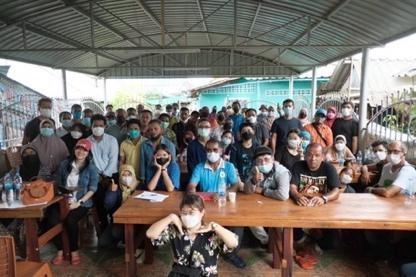
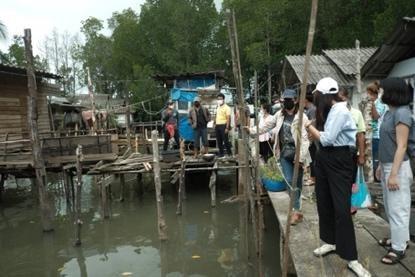
In accordance with Thailand’s 20-year National Strategy (2017-2036), the “Andaman life quality improvement and housing development program” aims to solve land-security issues by expanding opportunities and promoting equality, redistributing land and access to natural resources, and implementing a plan to address low-income communities’ problems. The project intends to build a collaborative mechanism at each administrative level in order to create long-term sustainable living conditions for 14,388 households in 139 subdistricts across 29 districts in six provinces. This mechanism is intended to serve as a crucial point of contact for stakeholders in order to amplify and convert grassroots ideas into a development plan. This development strategy can then be used to propose new national regulations, laws, and policies.
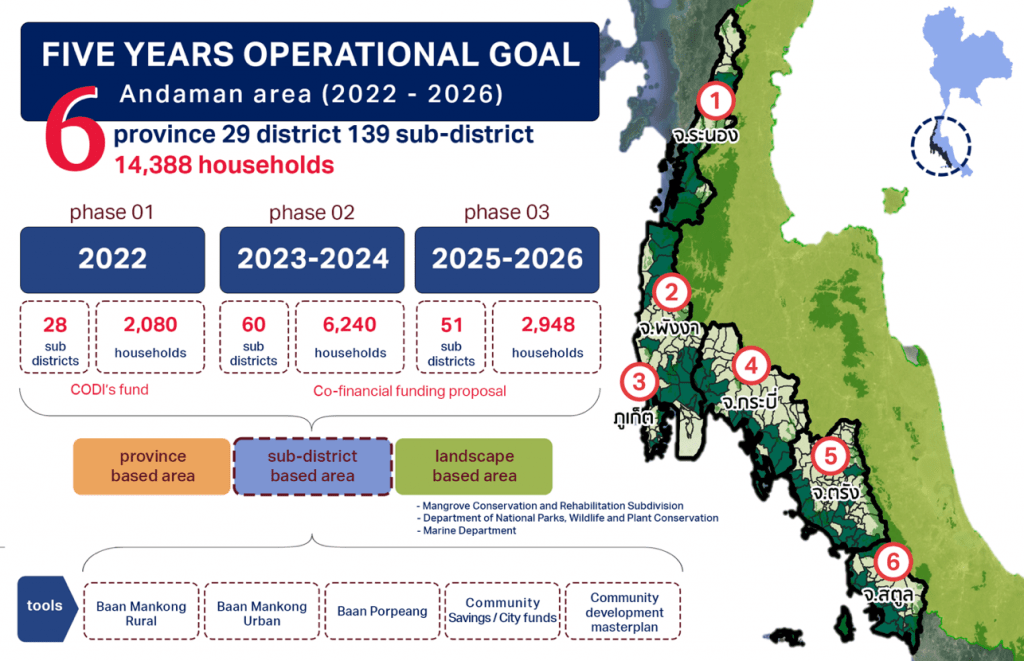
The Andaman-based operation aims to secure land for many of these diverse communities, develop their socioeconomic systems, and safeguard the region’s valuable natural resources. By building community strength and achieving long-desired land security, the new mechanism can be economically, socially, and environmentally self-sustaining. Local governments collaborate with citizens, the state sector, and partners to plan schemes and budgets. This project is envisioned as a learning process that will build people’s capacity and demonstrate a series of interventions to aid policy development.
With a wide range of stakeholders aiming to influence policy and legislation in their own ways, the Andaman project’s methodology focuses on collaboration and partnership so that common ground is identified and change is more impactful. The space for that is the 3-to-5-year development plans that can be applied to both district and sub-district levels to support actions in the Andaman region.
This program is managed on-site by CODI’s “NewGen” team, the young generation of community architects and community development practitioners. This team was formed in 2019 with the dual goal of exposing young people to people-driven development work while also introducing new ideas, knowledge, and skill sets to CODI’s established operation. Their duties include identifying and taking into account the needs and potential of each community in each sub-district, coordinating and connecting work teams at all administrative levels, and developing plans based on resident input. Bottom-up and participatory development plans are meant to pave the way for and integrate into larger-scale development plans.
